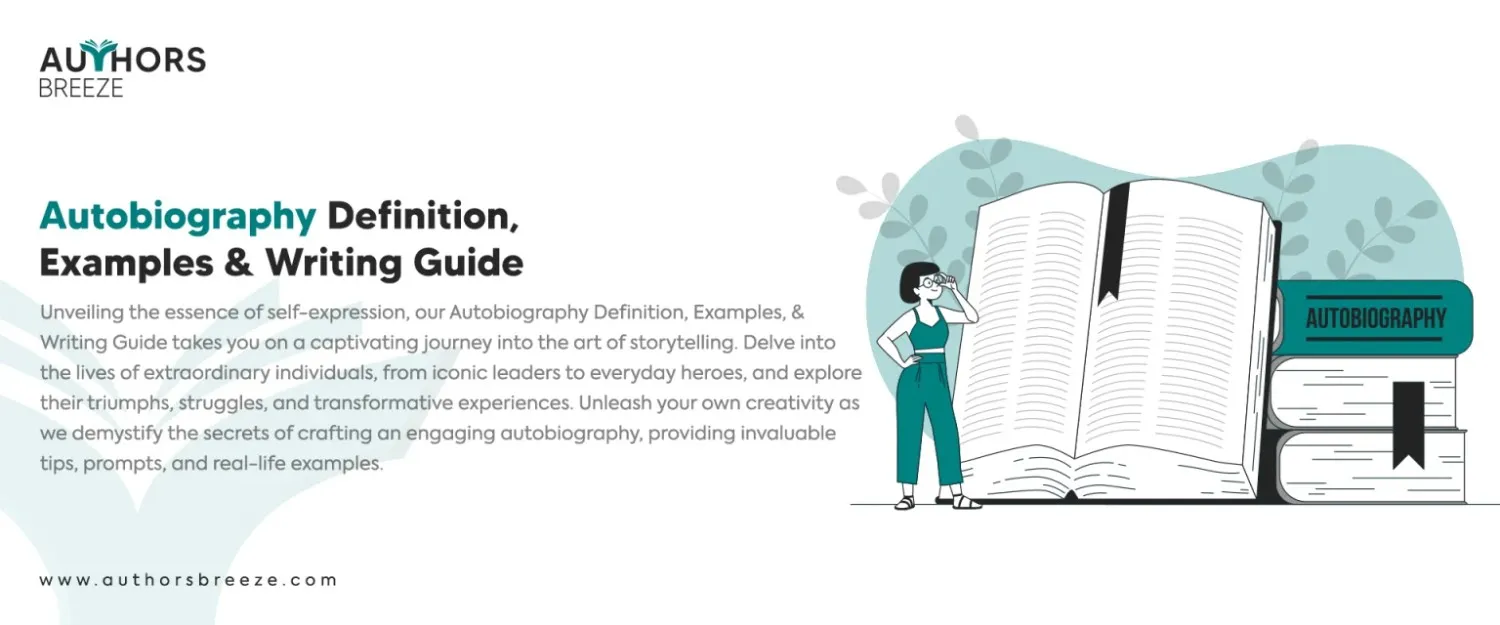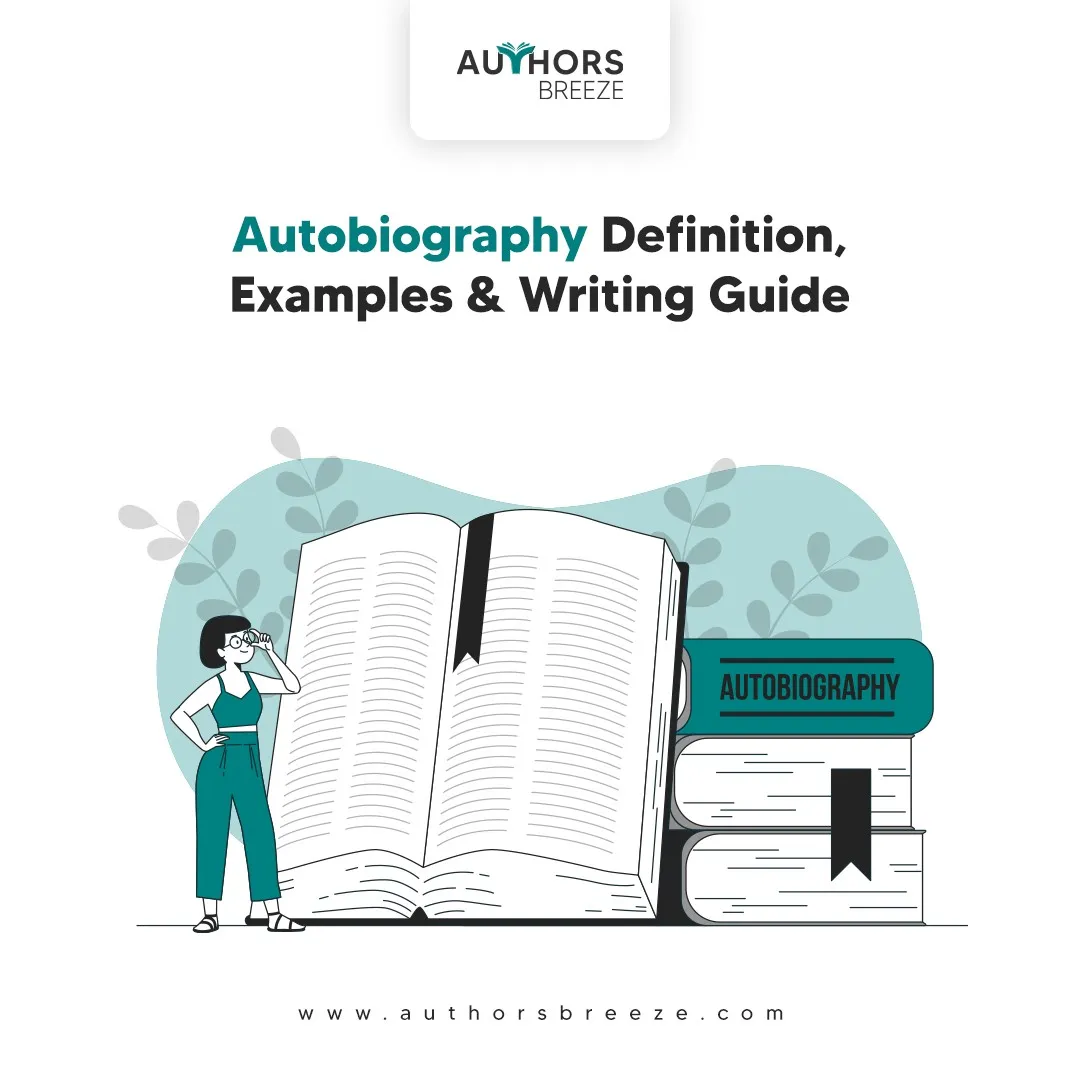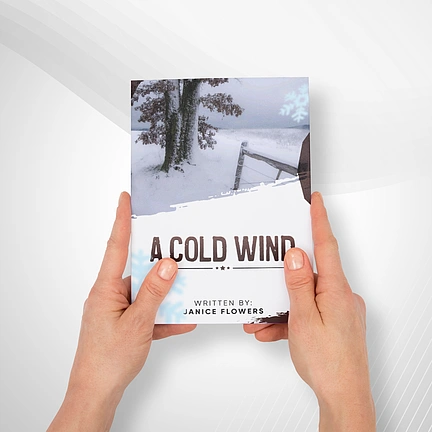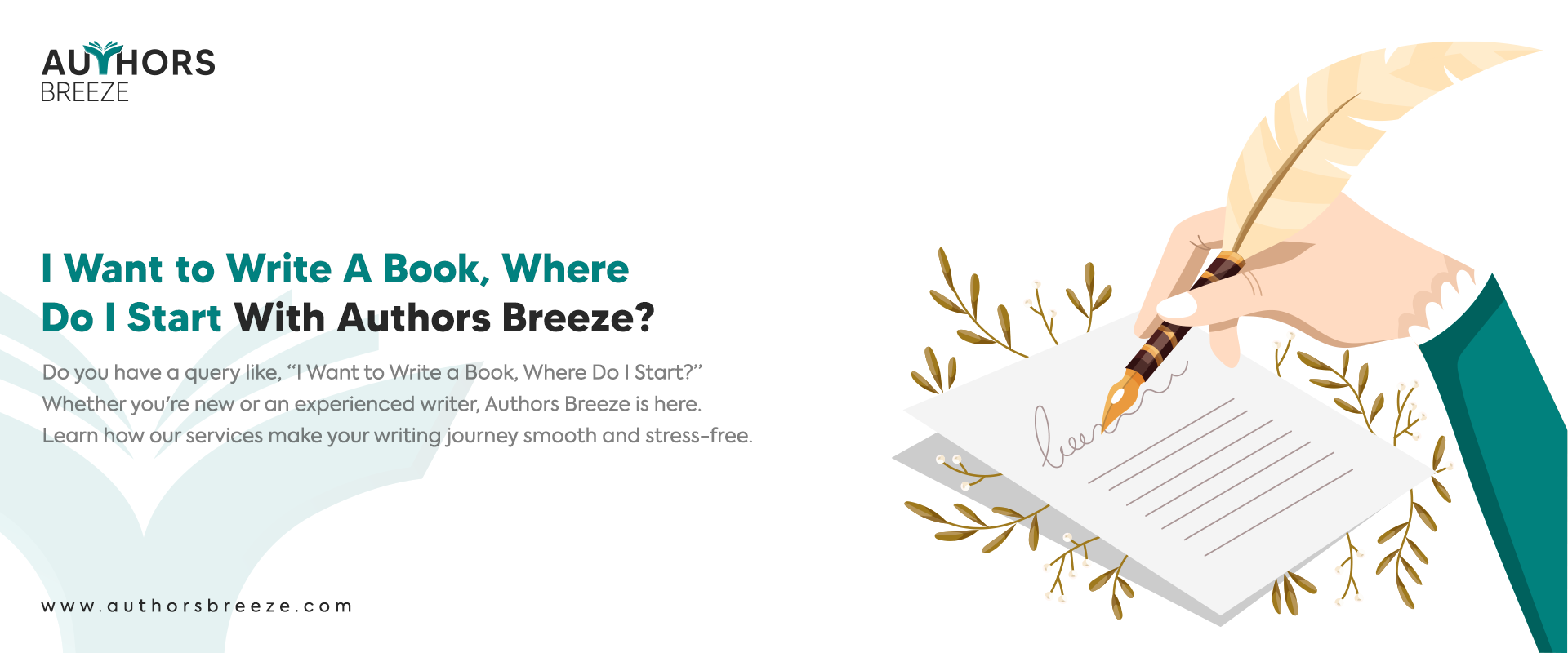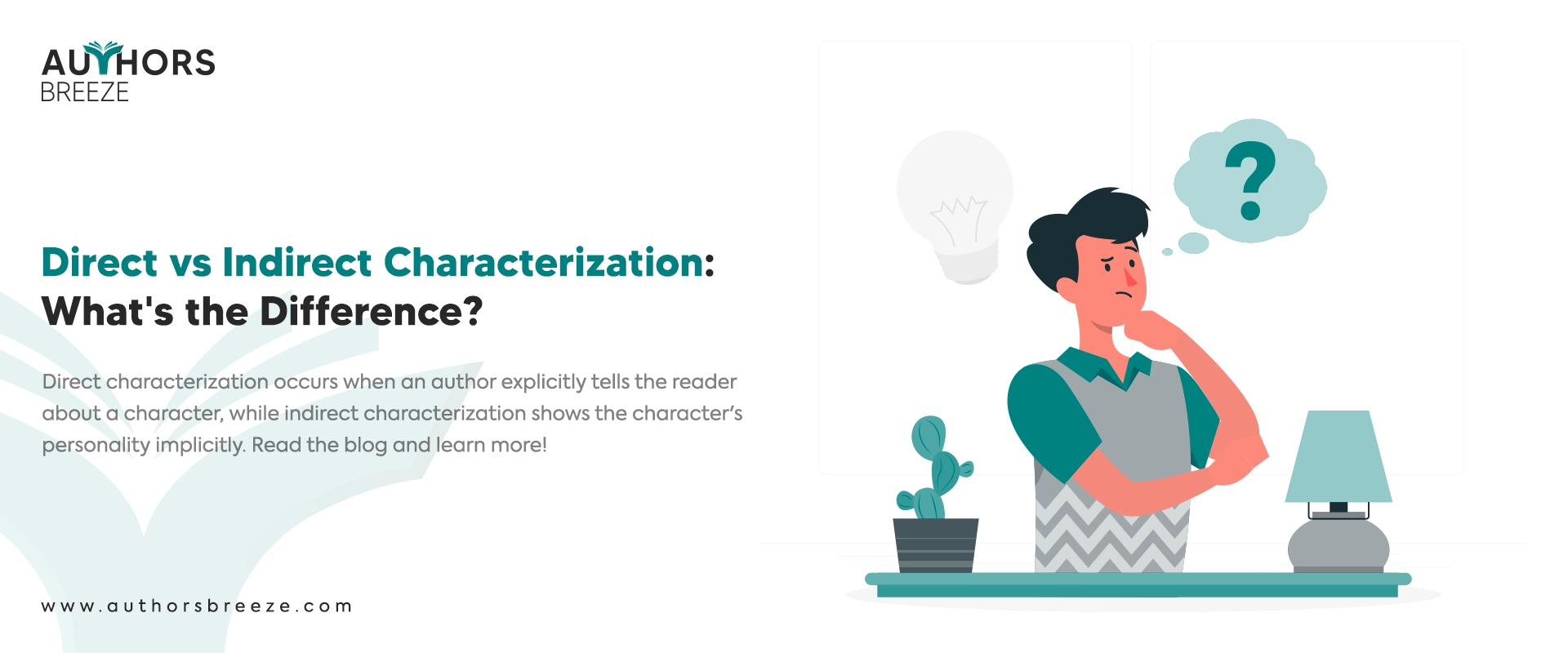Don’t Have Time To Read? Listen To Autobiography Instead!
Sometimes in our lives, we want our story to be heard. One of the possibilities to share your story with the world is to embark upon the journey of penning your own narrative, writing an autobiography. Today, we will shed light on what is an autobiography and how to write an autobiography.
What is an Autobiography?
Before you start writing the story of your own life, you should know what is an autobiography actually. Autobiography is a sub-category of biography. In Greek, Auto means “Self.” So you can say that an autobiography is a self-biography.
An autobiography is a special kind of book where a person tells their own life story. It is like a personal journey captured in words, where the author writes about their experiences, thoughts, and emotions. Autobiographies are usually written in the first person. It means the author uses words like “I” and “me” to talk about themselves.
Some Famous Autobiography Examples
Many famous autobiography examples have captivated readers worldwide. They offered unique insights into the lives of notable people who have left an indelible mark on history. Their stories inspire us and encourage us to reflect on our lives, values, and contributions to the world. Some of the top autobiographies examples are:
1- “The Diary of a Young Girl” by Anne Frank
“The Diary of a Young Girl” is a poignant and powerful autobiography. It was written by Anne Frank, a Jewish girl hiding from the Nazis during World War II. Through her diary entries, Anne provides an intimate account of her daily life, dreams, and fears while living in hiding. Her diary captures resilience, hope, and humanity in the face of adversity. That makes it a timeless and influential work.
2- “The Autobiography of Malcolm X” by Malcolm X and Alex Haley
“The Autobiography of Malcolm X” is a remarkable memoir. It was co-authored by Malcolm X and journalist Alex Haley. Malcolm X was a prominent civil rights leader. He recounts his journey from a troubled youth involved in crime to his conversion to Islam and activism for racial equality. It explores the complexities of racial identity, personal change, and the fight against systemic racism.
3- “Long Walk to Freedom” by Nelson Mandela
“Long Walk to Freedom” is the autobiography of Nelson Mandela. He was the iconic South African leader and anti-apartheid activist. The story of Mandela shows his extraordinary life. It includes his early years, activism, imprisonment, and eventual presidency. It is a testament to his firm devotion to justice, reunion, and the triumph of the human spirit of Mandela.
4- “The Collected Autobiographies of Maya Angelou” by Maya Angelou
Maya Angelou’s autobiographical works form a powerful collection that spans her remarkable life. Through her evocative storytelling, she shares her experiences growing up in the segregated South, her struggles and triumphs as a Black woman, and her journey toward self-discovery and empowerment.
5- “I Am Malala: The Girl Who Stood Up for Education and Was Shot by the Taliban” by Malala Yousafzai
“I Am Malala” is the courageous autobiography of Malala Yousafzai. She was a Pakistani activist for girls’ education and the youngest Nobel Prize laureate. Malala recounts her childhood in the Swat Valley, the rise of the Taliban, and her strong willpower to fight for girls’ right to education. Her inspiring story is a testament to the power of education, resilience, and the fight for justice.
6- “The Autobiography of Benjamin Franklin” by Benjamin Franklin
Benjamin Franklin’s autobiography is a classic work that provides insights into the life and mind of one of America’s Founding Fathers. Franklin shares his journey from humble beginnings to becoming a renowned scientist, inventor, and statesman. His story explores his pursuit of personal growth, his hand in public service, and his work in shaping the young United States.
How to Write an Autobiography?
Writing an autobiography takes time and effort. However, it allows you to reflect on your life experiences and share them with others. Here is a step-by-step guide on how to write an autobiography:
Step 1. Reflect on Your Life
So, how to start an autobiography? Take some time to think about the major events, people, and experiences that have shaped your life. Also, consider both the positive and negative aspects as they contribute to your unique story.
Step 2. Identify Your Purpose
Determine why you want to write your autobiography. Is it for personal reflection, family legacy, or to share your story with a wider audience? If you clarify your purpose, it will guide your writing process.
Step 3. Create an Outline
Organize your thoughts by creating an outline. You can start with a general chronological structure. However, feel free to deviate from it as you see fit. Also, you can consider including sections such as childhood, education, career, relationships, and major life events.
Step 4. Start with an Engaging Intro
Begin your autobiography with a solid intro that grabs the attention of the readers. It could be a luring anecdote, a powerful statement, or a meaty question.
Step 5. Write in Your Own Voice
Write authentically. Use your unique voice and style. Aim for a casual tone, as if you are speaking directly to the reader. It will make your autobiography more relatable and engaging. Ghostwriting services are a great option if you need help in writing.
Step 6. Provide Details and Anecdotes
Make your story come alive with vivid descriptions, specific details, and personal anecdotes. It will help readers visualize your experiences and connect with your narrative.
Step 7. Be Honest and Reflective
Share both the successes and failures you have faced throughout your life. Be honest about your emotions, thoughts, and personal growth. Finally, reflect on what you have learned from your experiences.
Step 8. Include Relevant Photographs or Documents
Use photographs, letters, or other relevant documents to complement your narrative if possible. Visual elements can enhance the understanding of the reader and make your writing more engaging.
Step 9. Seek Feedback
Once you have completed a draft of your autobiography, share it with trusted friends & family members, beta readers, or writing groups. Seek their feedback and suggestions for improvement. You can consider their perspectives. However, you should ultimately stay true to your own story.
Step 10. Revise and Edit
Review your work for clarity, coherence, and grammar. Also, ensure your writing flows smoothly, and your unique content is well-organized. For example, edit out extra details or repetitive sections.
Step 11. Consider Professional Editing
Suppose you want to publish your story or share it with a wider audience. In that case, you can consider hiring a professional editor or any book formatting option to polish your work and ensure its quality.
Step 12. Decide on Publishing Options
Determine how you want to publish your autobiography. You can choose traditional publishing by submitting your manuscript to publishers. You can also explore self-publishing options. With the rise of digital platforms, ebook writing services, and online publishing are also viable options.
Biography vs Autobiography: The Difference
Biographies and autobiographies are basically the stories of the life of someone. However, you can find the difference between a biography vs autobiography by who has written them. For example, when someone writes a biography, they tell the story of another person. On the other hand, an autobiography is a story of a person written by themself.
Read Detailed Guide On: What is a Biography
Memoir vs Autobiography: The Difference
The contrast between a memoir vs autobiography is that an autobiography covers the whole life of a person in words. In contrast, a memoir sheds light on a specific time period of their life. The term “memoir” originates from the French word “mémoire.” It means memory. Therefore, in a memoir, the writer talks about the memories from a particular part of his life.
FAQs
How do You Structure an Autobiography?
Autobiographies are structured in the order of events from the beginning of the life of a person to the present. However, even when following this order, you must include storytelling elements that make the narrative engaging and exciting.
What are the 3 Parts Of Autobiography?
The three parts of an autobiography are:
- Introduction
- Body
- Conclusion
What is a Short Example of an Autobiography?
Since I was young, I loved reading and storytelling. As I grew up, I learned about the value of spreading the word about books and authors. With determination and curiosity, I turned my passion into a job where I helped writers reach more readers and make their books known. My book tells the tale of my growth, the difficulties I faced, and the victories I achieved in the vast field of book marketing services.
Conclusion
Autobiographies connect us through the shared human experience, bridging the gaps of time, culture, and distance. They remind us that our stories are interconnected. Also, if we embrace and celebrate our own narratives, we contribute to the rich tapestry of human existence.
So, pick up the pen, open that blank page, and let ideas for a biography of yours unfold on your own. Your story is worth telling. You can have our services at your disposal throughout the process. Whether you need guidance on the topic or author website design services to promote your work, we have your back.

